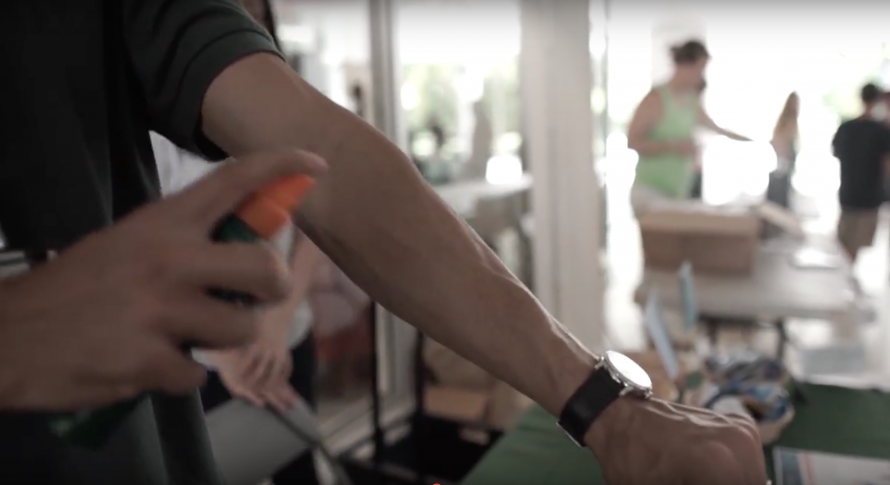By Richard Westlund / Special to UM News
UM researchers are tracking breeding grounds for mosquitoes and analyzing transmission rates and control programs.
With no vaccine or treatment for the Zika virus, preventing transmission of the disease is a top public health priority.
“We are mobilizing a multidisciplinary team looking at the ecology of Aedes aegypti mosquitoes, including mapping and spatial modeling,” said John C. Beier, professor of public health sciences and chief of the Division of Environment and Public Health at the University of Miami.

John C. Beier, professor of public health sciences and chief of the Division of Environment and Public Health at the University of Miami
Beier, a world-class entomologist, leads the University of Miami’s component of the Southeast Regional Center of Excellence in Vector-Borne Disease, a five-year multi-university project funded by the U.S. Centers for Disease Control and Prevention (CDC).
“We know where the outbreaks occurred last year, but all of South Florida is at risk for Zika-carrying mosquitoes,” he said. “We are working closely with the Miami-Dade County mosquito control office on its surveillance programs.”
Beier’s team has studied mosquito-breeding areas, including bromeliads, which can hold rainwater for extended periods, as well as standing water at regional construction sites. That supports the county’s “Cover and Drain” public health awareness program.
Beier is also working with the Florida Department of Health to cross-analyze mosquito control data with Zika transmission rates. “Last year, there were more than 250 locally transmitted cases, and we want to learn as much as we can from that data,” he said.
As a participant in UM’s Zika Global Network, Beier is also monitoring Zika cases and mosquito control programs in the Caribbean and South America.
“We also want to assist the global effort to find alternatives to current insecticides,” he said, “which are highly effective against mosquitoes but raise concerns about human health.”
Share this Post

